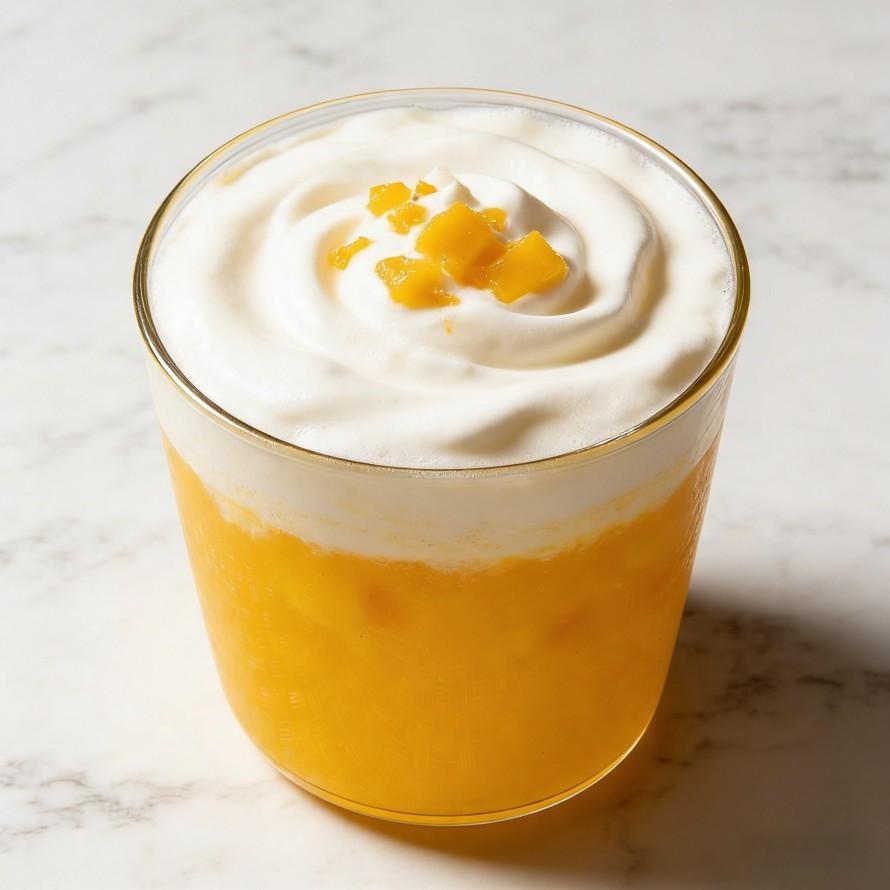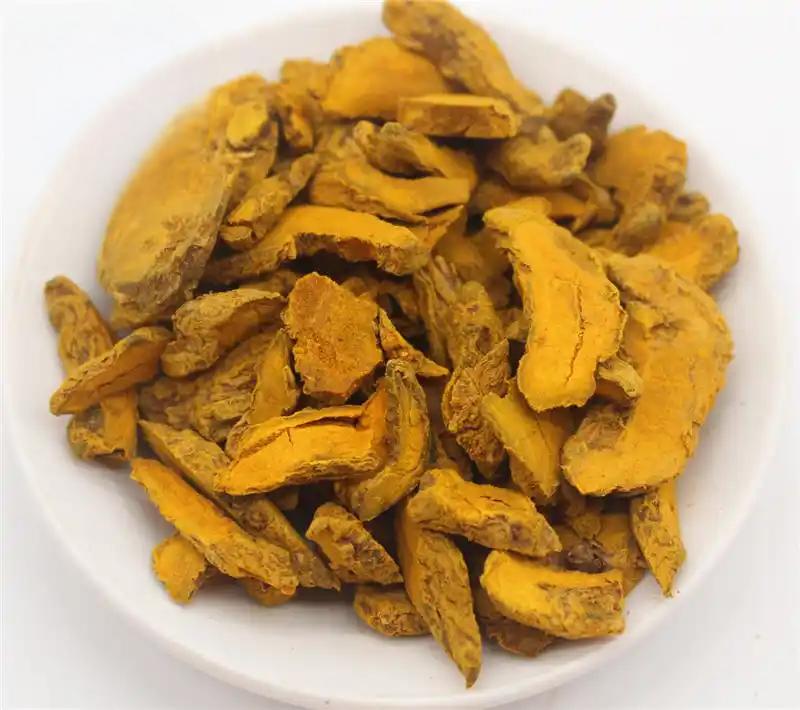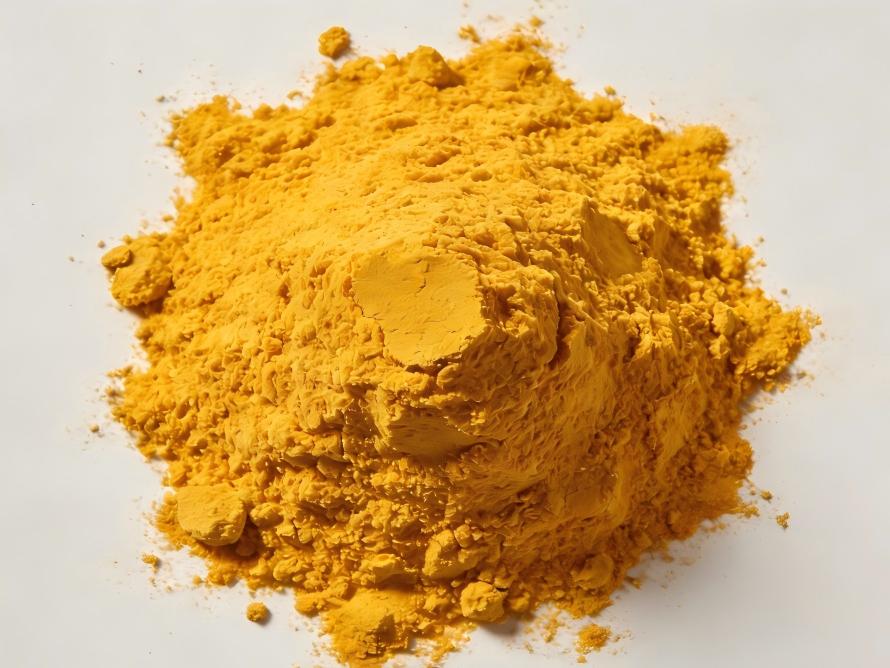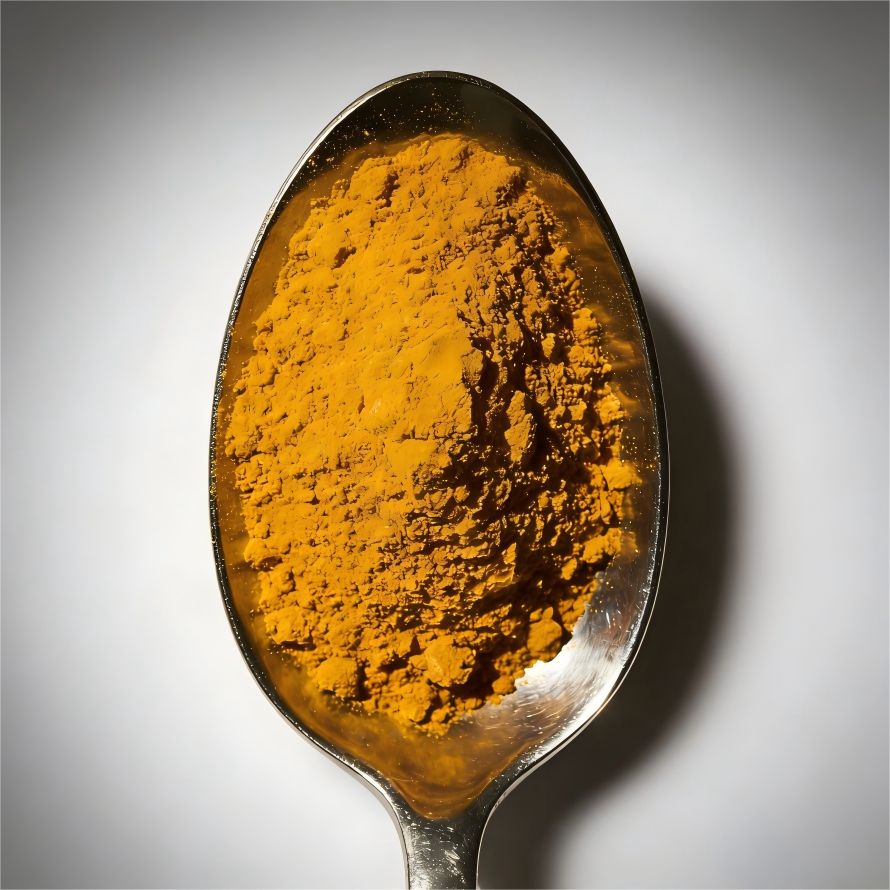A Breakthrough in Baking: Heat-Resistant Curcumin for Superior, Stable Color
In the baking industry'です transition toward clean labels, the stability of natural colorants under high-temperature conditions has emerged as a critical bottleneck. Conventional processes face rigorous challenges at 180-220°C for up to 40 minutes, resulting in over 73% of companies encountering issues such as uneven coloring, a 15-25% drop in pass rates, and reduced shelf life.
The market is experiencing dual drivers: 78% of consumers prioritize “no artificial colors” as a purchasing criterion, while 62% are willing to pay over 20% more for natural coloring. Simultaneously, global regulations are tightening, with the top ten baking brands having announced transition timelines.
Existing solutions each have limitations: physical encapsulation technology is costly and impacts taste, antioxidants only delay fading, and process adjustments compromise product quality. Companies also face cost pressures—natural pigments cost 3-5 times more than synthetic alternatives, color issues reduce yield by 8.5%, and R&D cycles span 3-6 months.
Green Spring Technology confronts this “high-temperature dilemma” head-on, introducing a new generation of heat-resistant curcumin pigment through technological innovation. This breakthrough solution maintains clean label advantages while overcoming stability limitations in high-temperature environments, delivering a practical industry breakthrough.
I. Technological Breakthrough: A Triple Revolution from Molecular Design to Process Innovation
Confronting the high-temperature coloring challenges in baking, Green Spring Technology did not settle for incremental fixes to existing technologies. Instead, starting from fundamental scientific principles, it achieved systematic breakthroughs across three dimensions—molecular structure innovation, intelligent protection system development, and production process reform—redefining the performance boundaries of natural pigments in high-temperature environments.
1. Molecular Engineering Revolution: Constructing Heat-Resistant Molecular Architecture
Traditional curcumin molecules are prone to oxidative ring-opening and structural isomerization at high temperatures, which is the fundamental cause of their fading. Through precise molecular modification techniques, we created an entirely new heat-resistant molecular configuration:
・Thermal stability functional group modification:
・Introducing thermally stable functional groups into the curcumin core, raising the molecular decomposition temperature from 180°C to 245°C
· Constructing intermolecular hydrogen bond networks to form self-stabilizing structures at high temperatures
· Laboratory data shows the modified molecule maintains 92% structural integrity after 60 minutes of continuous processing at 220°C
· Breakthrough in Molecular Eutectic Technology:
· Developed food-grade eutectic ligands to form stable eutectic complexes with curcumin
· Raised eutectic melting point to 215°C, significantly exceeding conventional baking temperature ranges
· Crystal structure analysis indicates that the eutectic formation effectively shields active sites from thermal attack
2. Intelligent Protection System: Synergistic Multi-Layer Defense Mechanisms
Single protection strategies struggle to address complex high-temperature environments. We constructed a four-layer intelligent protection system, forming comprehensive defense from micro to macro scales:
Layer 1: Nano-Microcapsule Thermal Response Protection
· Utilizes thermosensitive polymer materials to construct nano-capsules (particle size 80-150nm)
· At temperatures exceeding 150°C, the capsule wall undergoes phase transition to form a dense protective layer
· Restores porous structure upon cooling, preserving pigment release and sensory properties
Layer 2: Synergistic Antioxidant Network
· Establishes a synergistic system of natural antioxidants (vitamin E, rosemary extract, and tea polyphenols blended in specific ratios)
· Inhibits high-temperature oxidation through dual mechanisms: electron transfer and free radical scavenging
· Antioxidant efficacy 3.8 times higher than single-component formulations
Layer 3: Lipid Compatibility Optimization
· Developed oil-water balanced surface modification technology
· Uniform dispersion in baking fats prevents accelerated decomposition from localized overconcentration
· Achieves over 98% compatibility with common baking fats (butter, shortening, vegetable oils)
Layer 4: pH Buffering and Moisture Regulation
· Incorporates a food-grade pH buffering system to maintain an optimal microenvironment during baking
· Intelligent moisture control technology reduces competitive depletion of pigments by the Maillard reaction
3. Process Innovation: Seamless Transition from Lab to Production Line
Laboratory success is only the first step. We prioritize the technology's actual performance in large-scale production:
Continuous Mild Preparation Process:
· Developed a low-shear, low-temperature (<50°C) continuous production system
· Prevents pre-damage to pigments caused by high-temperature processing in traditional methods
· Reduced production energy consumption by 35%, with batch stability CV <1.5%

Online Quality Monitoring System:
· Installed 14 critical process parameter monitoring points
· Real-time tracking of core metrics including particle size distribution, color value, and encapsulation rate
· Big data analysis predicts final product thermal stability
4. Performance Validation: Data-Driven Scientific Breakthrough
Through rigorous third-party testing and customer application validation, our technological breakthrough achieves qualitative leaps in these key metrics:
Performance Metrics | Traditional Curcumin Pigment | Green Spring Technology Next-Generation Pigment | Improvement Rate |
220°C Heat Resistance Time | 8-12 minutes | 45-60 minutes | 375-500% |
Post-Baking Color Difference ΔE | 8.5-12.3 | 1.8-2.5 | Reduced by 78-82% |
Fat Migration Rate | 15-22% | 2-3% | Reduced by 86% |
Batch-to-Batch Stability CV | 6-9% | 0.8-1.2% | Improved by 83% |
Color Retention During Shelf Life | 30-45 days | 90-120 days | Extended by 200% |
5. Safety and Compliance: A Commitment to Quality Beyond Standards
While achieving technological breakthroughs, we adhere to the highest safety standards:
· Zero Solvent Residue: Utilizing a purely physical preparation process, solvent residues are not detected (detection limit 0.01ppm)
· Non-GMO Ingredients: All raw materials sourced from non-genetically modified plants
· Comprehensive Certifications: FSSC 22000, HALAL, KOSHER, and other international certifications obtained
· Global Regulatory Compliance: Meets requirements of major markets including FDA, EFSA, and China's GB 2760
This series of technological innovations represents not isolated breakthroughs, but a systematic solution. By optimizing the entire chain from molecular level to production processes, we have successfully addressed the fundamental weakness of natural pigments in high-temperature environments. This represents not only technological advancement but also substantial empowerment for the clean label transformation in the baking industry.
The value of technology ultimately manifests in its application outcomes. In the following sections, we will demonstrate how this innovative technology delivers remarkable performance across various baked goods, generating tangible commercial value for brands.
II. Application Revolution: Redefining the Visual Aesthetics and Commercial Value of Baked Goods
Green Spring Technology's breakthrough in next-generation heat-resistant curcumin pigments is igniting an application revolution across the global baking industry—from laboratories to production lines. This innovation not only resolves technical challenges in color stability but also creates multifaceted value in commercial practice, redefining the development logic and market competitiveness of baked goods.
1. Comprehensive Baking Application Solutions
We have developed specialized formulation adaptation solutions tailored to the characteristics of different baking categories:
Shortbread and Cookie Products
· Challenge: High fat content and prolonged baking often cause edge caramelization while the center fades
· Solution: Utilizes fat-directed encapsulation technology to uniformly disperse pigment within the fat phase
· Application Results:
· Under 180°C baking for 18-22 minutes, color difference ΔE < 2.0 from center to edge
· Compared to traditional processes, finished product yield increased by 23%
· Case Study: Renowned cookie brand saw 41% sales growth in premium channels after replacing synthetic colorants
Cakes and Bread Products
· Challenge: High internal moisture content, complex baking process, prone to color variation after cooling
· Solution: Developed a water-oil dual-phase compatible system to ensure uniform dispersion during batter emulsification
· Application Results:
· Chiffon cake achieved 96% color uniformity after baking at 165°C for 35 minutes
· Toast bread maintained stable golden crust color after 28 minutes at 210°C
· Chain bakery feedback: Product return rate due to color issues decreased by 67%
Puff Pastry & Decorative Products
· Challenge: Multi-layer baking process, significant temperature fluctuations, extremely high color consistency requirements
· Solution: Ultra-fine powder formulation combined with anti-migration technology
· Application Results:
· Croissants achieved 94% color consistency across layers during 230°C multi-layer baking
· Icing decorations showed no fading after secondary baking (160°C/8 minutes)
· Premium French bakery workshop saw signature product average order value increase by 28%
2. Market Performance & Consumer Feedback
Tracking surveys of clients using the technology reveal significant market advantages:
Consumer Acceptance Data
· In blind tests, 83% of consumers rated products with the new technology as having “more natural and appealing color”
· Purchase intent rose to 76% when consumers knew natural pigments were used
· Average product repurchase rate increased by 32%, with color stability being a key influencing factor
Brand Value Enhancement
· Clean label products achieved a 45% increase in distribution rate within premium channels
· Average brand health image score improved by 2.3 points (out of 10)
· Positive social media mentions regarding product natural attributes surged by 280%
Case Study: Transformation of an International Bakery Chain
· Before Transformation: Used synthetic colors, faced resistance from young consumers, and experienced six consecutive quarters of declining market share
· After Transformation: Fully adopted Green Spring Technology's natural colorant solution
· Launched 12 new clean label products within 3 months
· Daily customer traffic per store resumed growth, increasing 17% year-over-year
· “Natural coloring” became core brand messaging, boosting ad click-through rates by 3.4x

These application outcomes demonstrate that Green Spring Technology's next-generation heat-resistant curcumin pigment is not merely a technical innovation, but a systemic solution delivering comprehensive value enhancement. From production lines to store shelves, from cost control to brand building, it is redefining the competitive landscape of the baking industry.
III. Immediate Collaboration—Sample Acquisition & Customized Support Channels
Green Spring Technology is committed to creating an efficient, transparent collaboration portal, enabling every baking industry partner to conveniently experience the exceptional performance of the new generation of heat-resistant curcumin ingrdient and receive personalized technical support. Below is a clear collaboration pathway and commitment.
I. Dedicated Sample Program: Precisely Matching Your Testing Needs
Three standard chromaticity samples, 50g each (Light Gold/Standard Golden Yellow/Amber Yellow)
Basic Technical Specifications Table
How to Obtain: Apply online via our official website; shipped within 3 business days
II. Contact Information
Mob: +86 13649243917
WhatsApp: +86 13649243917
Email: helen@greenspringbio.com
Web: https://www.greenspringnatural.com/
-
Prev
Curcumin Ingredient for Next-Gen Functional Foods & Beverages
-
次
How CO2 Extraction Ensures Unmatched Purity and Potency of Curcumin Ingredient?


 英語
英語 フランス
フランス スペイン
スペイン ロシア
ロシア 韓国
韓国 日本
日本





